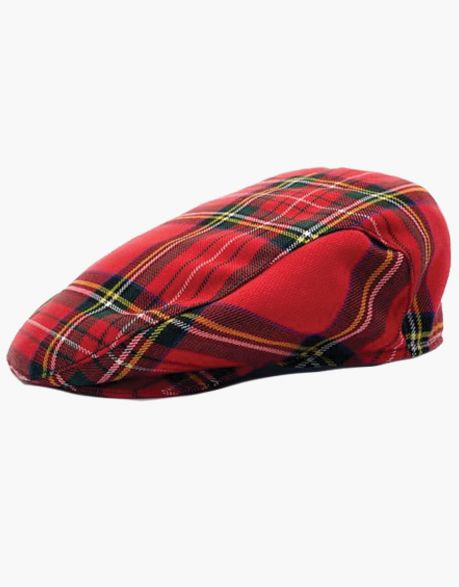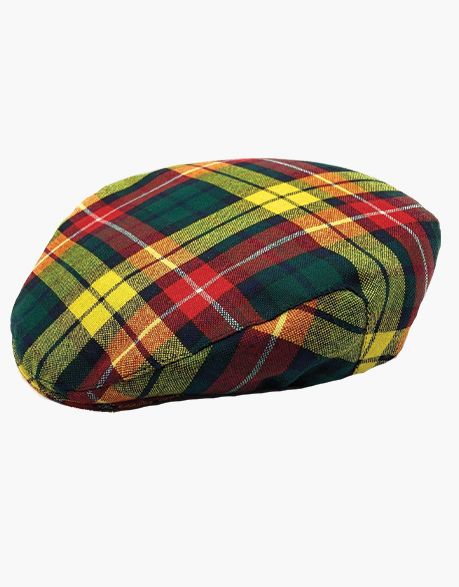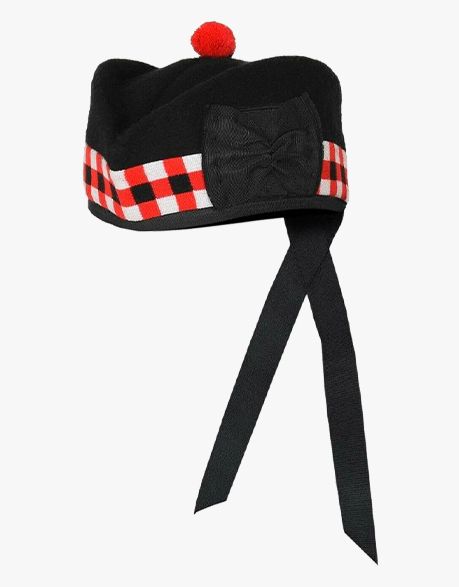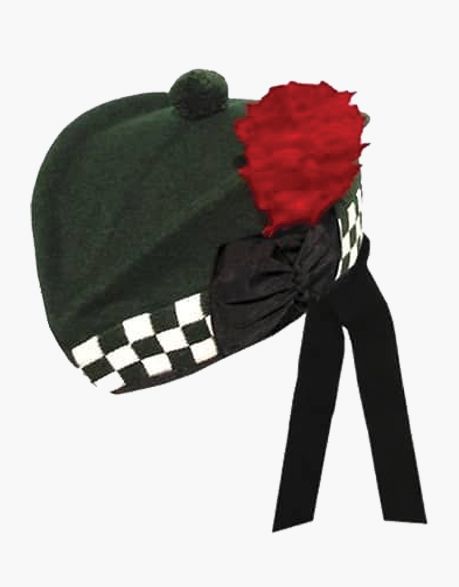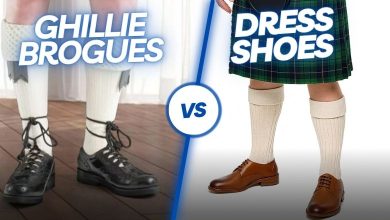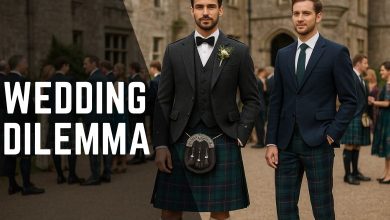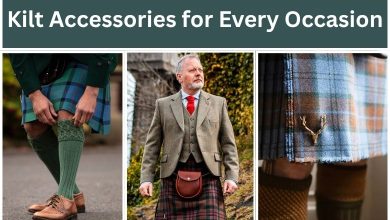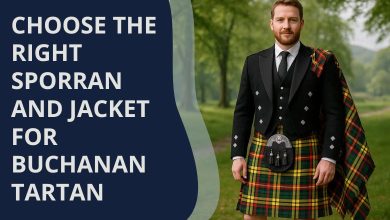Scottish Kilt Hats for Every Season: Complete Guide

Scotland is a country rich in tradition, evident in many aspects of its culture, and a prime example is Scottish attire. Every part of their dress expresses the tradition, including caps. There is no single hat that can be called a traditional one. In fact, all Scottish headwear has been worn for centuries. Most of these are suitable for specific weather, and wearing them in another might not suitable. This guide will talk about four primary variations of Scottish hats and explain their suitability for accurate seasons.
Table of Contents
ToggleSeasonal Kilt Hat Guide
In your daily routine in Scotland, you will see people wearing tens of hat variations. Therefore, when we specifically talk about the ones suitable with kilt outfits, we find a few of them appropriate. Though there are no strict rules about wearing these caps with kilts, here we will discuss the 4 hats that everyone loves to wear.
Make the Spring More Colorful with Scottish Colors
Spring in Scotland is neither hot nor cool, so the suitable Scottish cap in this weather is the Glengarry. It is a lightweight cap, usually with a black or patterned top. A toorie on the top and diced pattern on the sides add to the attraction. A Balmoral, on the other hand, is a wool-made cap that usually works well in winter, but wearing it in the cool hours of the spring days is possible.
Glengarry Cap Keeps the Summer Cool

If you need a Scottish kilt hat for the summer, we suggest a Glengarry or a flat cap. The Glengarry, being a lightweight and breathable headwear, is ideal for warmer days. Its suitability peaks during outdoor events such as Highland games or summer weddings. The role of its slim shape is quite vital as it does not trap heat. The second possible option is a flat cap that is made of tweed fabric and serves as a stylish choice for casual outings.
Tartan Flat Cap Makes the Autumn Exciting

Autumn in Scotland is famous as the most photographed season, when the landscapes turn golden with leaves. The climate is usually mild and a perfect season to showcase your identity with a tartan flat cap. Flat caps are also suitable as autumn transitions into cooler weather as they are a little warm. They also maintain a classical look and sound beautiful with heavier kilts and lightweight jackets like tweed jackets. Moreover, it has a snug fit that keeps your head hot even in windy atmospheres. Above all, the tartan pattern perfectly mirrors the natural color of the season.
Tam o’ Shanter Reminds of Robert Burns in Winter
Scottish winter offers exciting views when the Highlands or even other mountains are dusted with snow. Everyone deserves to witness and appreciate these sites, but remaining warm is also important to maintain good health. In the heart of winter, the Tam o’ Shanter, often linked to Robert Burns, becomes the perfect companion here. Its soft wool construction offers lasting warmth, while its deep ties to both military and civilian Highland dress reflect a rich cultural heritage. Pairing it with a heavy wool kilt and jacket helps you honor tradition and adopt beautiful aesthetics in the coldest months.
Hat Care & Storage Tips

Every single piece of kilt accessories needs proper care to extend its life and look as you want. hats also follow the same criteria, and to let your Scottish kilt hats remain in top condition, avoid storing them in hot, moisturized places and places where sunlight directly approaches. For this purpose, you can use a hatbox or breathable fabric bag.
Placing hats into these covers also prevents dust build up. Place it in a way that toorie may not crush. In case your hat gets wet, dry it with natural air, avoiding direct heat. Most importantly, regular brushing with a soft cloth keeps wool caps looking fresh and sharp.
Effective Ways to Choose the Right Hat According to Face Shape
Wearing a kilt hat is a way to respect the culture in addition to improving your physical appearance. For this reason, choosing the right cap becomes even more important to enhance your facial features and add to the allure of your outfit. The following are some crucial methods for selecting a hat based on your facial shape:
Round Face: Go for a Glengarry, as it is structured and has angular lines. It offers a balanced roundness and gives a sharper look. Moreover, it has a vertical rise of the crown, which is pretty handy in elongating the face subtly and offers a defined outfit appearance.
Oval Face: A flat cap adds timeless appeal and accentuates natural balance, but almost any hat can work with this style. It keeps your features in balance without overpowering them and hugs the soft contours of your face.
Square Face: The Tam o’ Shanter is the best choice for a square face. Its larger crown and gentler contours make a pleasing contrast to its firm jawlines. A more friendly aspect is produced by the cap’s round shape, which softens sharp features.
Heart-Shaped Face: Balmoral hats are effective for heart-shaped faces because they balance proportions and deflect attention from a wider forehead. It improves lower face symmetry by adding fullness around the jawline with its rounded form and drooping sides.
Long Face: Select a flat cap made of tartan if your face is long. Its slim contour and low crown provide the appearance of a shorter face. The cap’s horizontal line provides a well-proportioned appearance, which aids in breaking up the vertical length.
Weather-Specific Accessories to Pair with Hats
There are many weather-appropriate accessories that you can pair with any kilt or its ensemble. Nevertheless, checking weather conditions prior is essential and attach accessories accordingly. If wearing a hat in colder climates, prioritize sunglasses (covering complete eyes) and scarves on sunny or cold days. Likewise, you cannot devalue gloves, balaclavas, or thick socks if the temperature is too low. On rainy days, it’s a beneficial idea to take a water-resistant backpack as a cover or support, an umbrella, and a waterproof cap. Regardless of the weather, do not undervalue the color scheme and overall design of your ensemble.
Buy Exceptional Kilt Hats at Scottish Kilt Co.
Now you know very well which Scottish hat is suitable for you according to the weather and your face shape. It’s time to be practical and choose a cap, but a concern about the store for buying a hat can be a problem because trusting every store is not a good idea nowadays. Undoubtedly, choosing a reliable store is necessary, and no one can compete with the services and quality level of Scottish Kilt Co. We offer a wide collection of caps and men’s kilts that you must consider trying once. Some of our high-selling hats are given below:
Frequently Asked Questions About Kilt Hats
Are Scottish hats suitable for indoor events?
No, Scottish hats, especially the ones that add a traditional flair to outfit are not appropriate for indoor occasions.
Can kilt hats be worn without a full kilt outfit?
Without a doubt, all of the above-mentioned hats are worn with traditional and modern kilt outfits. However, they are also worn without kilts with other dressings.
Is there a traditional age to start wearing a Scottish bonnet?
There is no age limit to wear Scottish bonnets; even kilts caps for children are prominently available. Though historically affiliated with men, females also wear these traditional headwear.
Are there specific hat styles tied to particular Scottish clans?
Can I wear a feather or badge on a Glengarry or Balmoral?
Indeed, you can pair a feather with your Glengarry or Balmoral, as it describes your rank in the clan. A badge, on the other hand, represents your clan.
